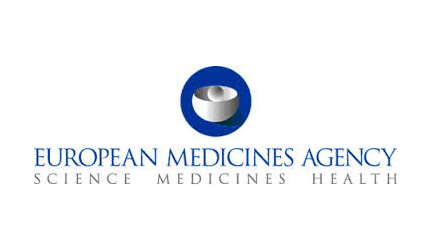
EMA Guidance Explains How Drugmakers Can Hasten Antibiotics Development
The European Medicines Agency has released draft guidance explaining how drugmakers can use pharmacodynamic and pharmacokinetic analyses to hasten the development and review of new antibiobics.
According to the EMA, PD and PK data can replace or supplement human dosing studies, speeding access of badly needed drugs to market. It can also aid in identifying differences and dealing with dose variations for specific demographics, such as children and seniors, the obese and patients with liver and kidney failure, the agency says.
Cellular analyses can also bolster drug candidates whose development has been held back by a lack of appropriate trial participants or other feasibility issues, the EMA says.
The guideline, which would update 15-year-old recommendations, covers both antibacterial and antifungal treatments.
To be most effective, drugmakers should gather specific microbiologic data on:
- The time it takes to kill a particular pathogen;
- Pathogen distribution markers;
- How those markers react to resistance mechanisms when the drug is administered;
- Intracellular biologic responses to the bacteria;
- Post-drug effects; and
- Which bacterial microorganisms are more- or less-resistant.
The EMA prefers in vitro studies such as chemostat over in vivo — often mice — trials for preclinical analysis. Animal models using blood samples and treatments based off earlier data are also allowed, but researchers should provide reasoning behind the chosen strategy.
The EMA asks that sponsors document enough data on exposure-response relationships.
View the guideline here: www.fdanews.com/09-15/09-30-15-EMA.pdf. — Victoria Pelham
